Feathered Friends...
Organism diversity is a hallmark of a healthy landscape. Microorganisms, fungi, plants, animals, etc. all relate together to create an ecosystem. Diversity creates the stability that allows the ecosystem to be a self-sufficient loop, where all parts mesh together for the benefit of all parts. While there are fluctuations due to a variety of factors (weather, disease, pollution, etc.) adjustments to the system are always sought to bring back balance. Monitoring the indicator species (species that can be used to indicate system health) of the system allows managers to evaluate system health. Indicator species exist in all components of the system, but some are more visible than others. For many systems, birds of prey are a very visible and valued indicator species.
Redtail Hawks Make a Home
We have always had birds on our campus. Several years back, the cast of characters was what you would expect. Robins, Mockingbirds, Cardinals, Sparrows etc. all made their homes at Drury University. Over recent years we have noticed a gradual but continual increase in the frequency and permanent residency of other birds. Eastern Bluebirds, Scissortail Flycatchers, and Killdeer are all now seen on a regular basis. What has proved to be most remarkable is when birds feeding or passing through become residents and rear young on campus. For the last two years, and by all indications this year too, a pair of Red-Tail Hawks is making Drury home. This pair of hawks has successfully raised chicks and hopefully will rear a third brood this year.
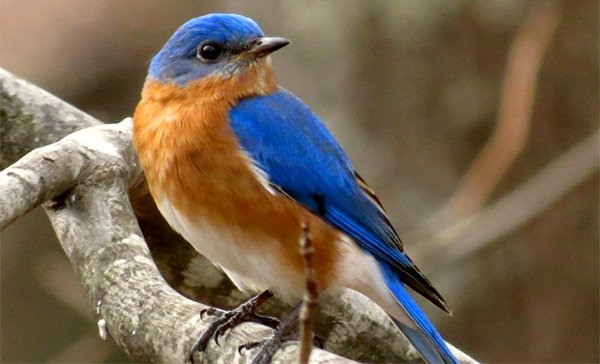
Eastern Bluebird (above) and Brown Thrasher (below) are two of many bird species that started only recently being spotted on campus.
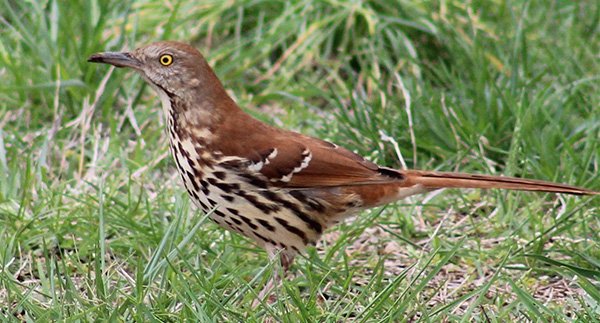
Green Space Supports Adaptable Wildlife
Drury University has always had a reasonable population of the birds as you would expect on a mixed-urban campus. Green space, even given low diversity (trees, turf predominant), will always draw and harbor whatever is most adapted to these areas. Squirrels and rabbits easily exist in these areas also, which in turn will attract predatory birds that feed on them. Nature abhors a vacuum, and every niche is exploited and sometimes expanded. Many of the predatory birds common to Missouri can exist in urban areas, adapting to areas that can provide a reasonable facsimile of their necessary habitat. What is more remarkable is when higher level animals change from utilizing an area for forage or rest, to using that area for rearing young.
Green space, even given low diversity (trees, turf predominant), will always draw and harbor whatever is most adapted to these areas.
Increased Diversity Results of a Sustainable Strategy
The method we used to increase diversity on our campus was a multi prong approach. First, we expanded our planting palette. By adding different plants along the whole plant type spectrum (trees, small trees, shrubs, grasses, perennials, predominantly native) we increased the variety of food, habitat, and cover that were available to animals on campus. This stratification of the landscaped environment coupled with intentional design increased the complexity of landscaped areas and also creates green corridors. By increasing the variety within planted areas, and considering the vertical expansion of these areas, we maximized the niches available for exploitation by a variety of organisms. We also decreased the use of chemicals both for pest management and for fertilization. Regardless of how targeted any pesticide is, there is the potential for off target impacts.
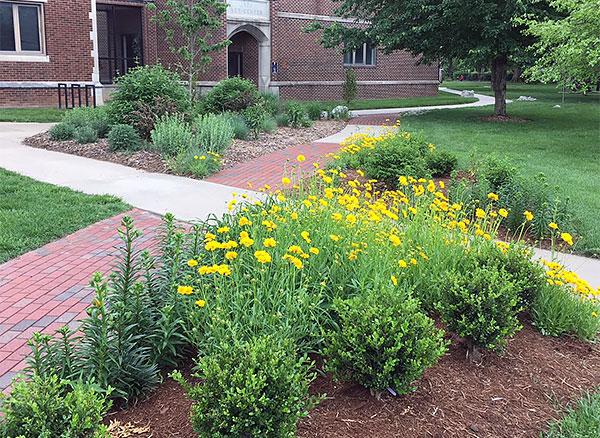
Popularity on Campus
Birds are a popular aspect of the landscape for the community whether by intentional birders or just the casual passerby. Birds add to the community’s understanding of the landscape through watching them fly, feed, and hearing them sing. What has been the biggest surprise though is how our campus community has adopted the Red-Tail Hawks as a member of our community, essentially treating them as a pseudo-mascot. Red-Tails have a wing of about 4 feet and stand around 20-24”. This makes them a presence on our campus. I frequently hear stories from campus of these hawks flying right by someone’s head or feeding in a tree close by. It is quite a sight to see these birds in action. We (the Grounds Crew) have been active in promoting all birds through our social media but pay special attention to the hawks. Several people on campus share photos and comments regularly throughout the community.
...our campus community has adopted the Red-Tail Hawks as a member of our community, essentially treating them as a pseudo-mascot.
Birds Help Tell Your Story
Our campus birds, especially the red-Tail hawks have been a shot in the arm for our campus and our Grounds Crew. They really are an illustration of all our success in maintaining the ecological and sustainable direction of our campus. Much like the bald eagle did for endangered species, and the Monarch Butterfly is doing for pollinators, these hawks have become a symbol and benchmark for the Drury University environment. They give a tangible ecological aspect to what the landscape can provide to an organization. Golf courses have long known the value of birds on a course. We have within the last several years learned how beneficial they are for our campus also.
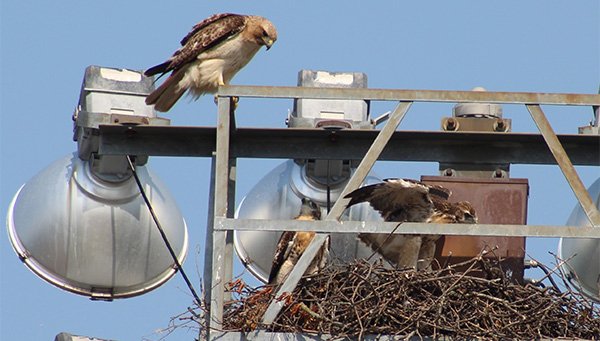
Reproducing birds on campus are sure signs that the campus landscape is healthy. This system health is clearly demonstrated by baby hawks fledging (above), baby Blue Jays (below) and Killdeer eggs (bottom). All pics taken in 2019.
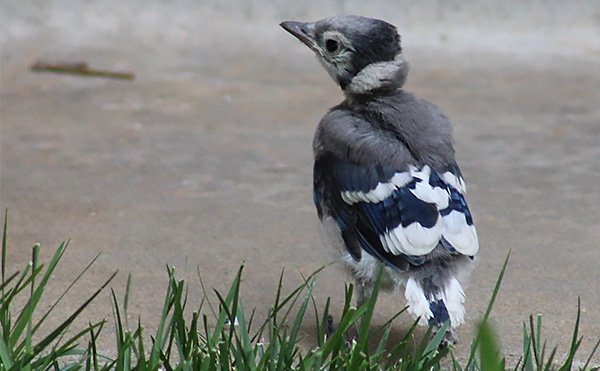
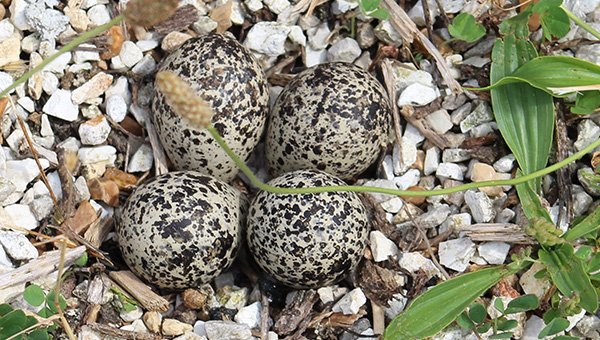


0 Comments
Recommended Comments
There are no comments to display.